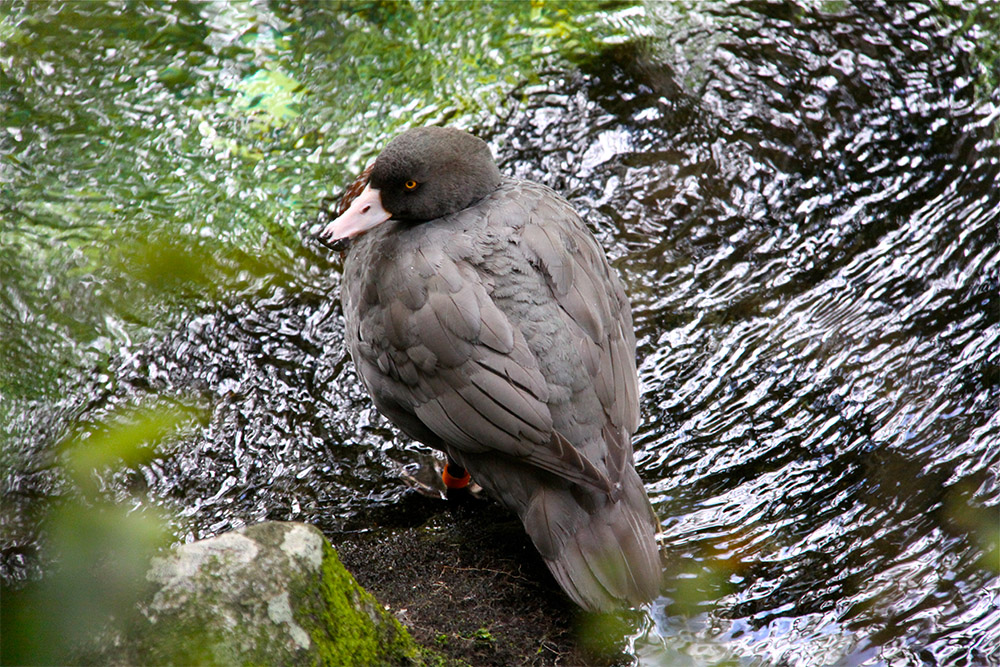December 4, 2024
The Ebiil Society: Champions of Palau
Ann Singeo, founder of our partner organization the Ebiil Society, shares her vision for a thriving Palau and a flourishing world of indigenous science!
We use cookies to help you navigate efficiently and perform certain functions. You will find detailed information about all cookies under each consent category below.
The cookies that are categorized as "Necessary" are stored on your browser as they are essential for enabling the basic functionalities of the site. ...
Necessary cookies are required to enable the basic features of this site, such as providing secure log-in or adjusting your consent preferences. These cookies do not store any personally identifiable data.
Functional cookies help perform certain functionalities like sharing the content of the website on social media platforms, collecting feedback, and other third-party features.
Analytical cookies are used to understand how visitors interact with the website. These cookies help provide information on metrics such as the number of visitors, bounce rate, traffic source, etc.
Performance cookies are used to understand and analyze the key performance indexes of the website which helps in delivering a better user experience for the visitors.
Advertisement cookies are used to provide visitors with customized advertisements based on the pages you visited previously and to analyze the effectiveness of the ad campaigns.
Looking to make an impact this Earth Month? Here’s how.

New Zealand is an island nation full of endemic flora and fauna, but a recent report suggests native birds are under more pressure than previously understood. A new report, Taonga of an Island Nation: Saving New Zealand’s Birds, published by the Commissioner for the Environment Dr. Jan Wright details the threats posed to these species.
The report revealed that out of the 168 native birds, half are suffering population declines that can be largely attributed to predation by invasive species. Some of the most iconic endemic species are severely threatened, including the Kea, the Wrybill, and the Whio, whose numbers remain low despite active conservation measures.

Conservationists are working to protect these species by removing invasive predators, including rats, possums, and stoats, but the government is also looking into other methods to protect native species. Conservation Minister Maggie Barry explained that the government is considering increasing prices for visitors of parks and nature areas in order to help raise revenue for species protection. Dr. Jan Wright, an author on the report expressed her concern, saying:
I worry as this tourist pressure grows, more of that money goes towards infrastructure and services than preserving what they came to see.

New Zealand is invested in their Predator Free 2050 initiative–a goal to remove all invasive rats, weasels, and possums by 2050–but without advances in technology and predator eradication efforts, this goal is a long way off. The report explains that immediate action is needed in addition to these long-term goals in order to save some of the island nation’s endemic birds. Wright argued:
We cannot wait for long-term breakthrough science before stepping up a predator control. If we do, the patient will die before the hospital is built.
Many of these species face extinction, but given the goal to eliminate predators, and the nation’s focus on protecting their cherished species, there is still hope. Conservationists are calling for inter-governmental cooperation and an overhaul of how the government views conservation to save their beloved fauna.
Featured photo: Auckland Wrybill. Credit: Wildlife Travel
Source: Stuff
Check out other journal entries we think you might be interested in.
Notifications